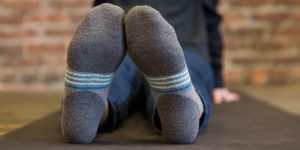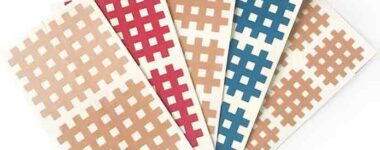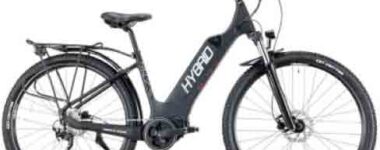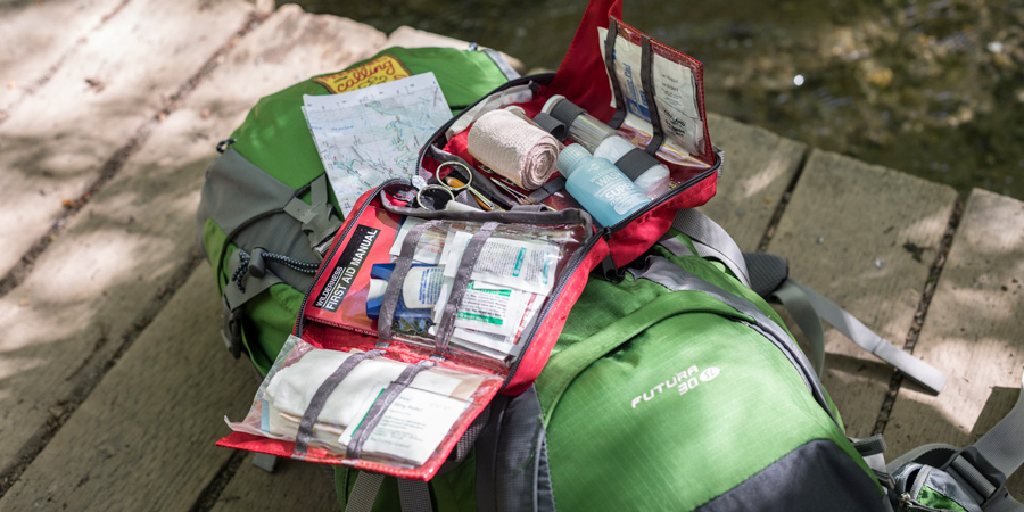Latest News
Share this post:
The average person takes 2,000 steps to travel one mile. Factor in the up and down of a walking track and the roots and rocks you’ll encounter along the way, and that number only gets higher. With every step, the right socks play a critical role in keeping your feet comfortable and blister-free throughout your journey.

To choose the best walking socks for your trip, it’s important to consider these four things:
-
-
-
-
- Sock height: The right height sock protects against abrasion with your footwear
- Cushioning: The amount of cushioning affects comfort and warmth
- Fabric: Most hiking socks feature merino wool as the primary ingredient, but some are made mostly from polyester or nylon
- Fit: Be sure your socks fit well to fend off blisters
-
-
-
Walking Sock Height
Walking socks come in different heights, from so short that they don’t even show above your shoes, to tall enough to nearly touch your knees. To choose the right height, take a look at your footwear. The higher the cuffs are on your boots or shoes, the taller you want your socks to be so they can protect your skin from rubbing directly against your footwear.
These are the four sock heights you’ll find most common
-
-
-
-
- No-show: These shorty socks provide very little protection against skin-to-boot abrasion, so they should only be worn with low-cut footwear, like trail-running shoes or light hiking shoes.
- Ankle: Slightly higher than no-show socks, these will usually cover your ankle bone for a bit more protection. They are good for low- to mid-cut shoes and boots.
- Crew: This is the classic height for a walking sock. Crew socks typically land a few inches above your ankle bones to protect against abrasion with boots that have high cuffs. There’s no reason you can’t wear crew socks with low-cut boots or shoes, just know that the extra coverage could be warm on a hot day.
- Knee-high: You’ll only find a few options in the knee-high category, and they’ll probably be for mountaineering. High socks protect against abrasion that big, burly boots can cause around your shins and calves. The coverage can also help keep your lower legs warm when you’re climbing through the night and crossing glaciers.
-
-
-
Walking Sock Cushioning

The amount of cushioning a sock has gives you an idea of how thick the sock is and how warm it will be.
The right amount of cushioning for you depends mostly on the types of trips you go on and the weather you expect. A bit of cushion can protect your feet during high-impact activities like running and backpacking, but keep in mind that thicker socks are warmer and can cause your feet to sweat. You may have to experiment to find the right balance of cushion-to-warmth that works for you. Having a variety of socks to choose from in your sock drawer is helpful.
The four types of cushioning you’ll find most common are:
-
-
-
-
- No cushioning: These ultralight socks are designed for use in hot weather. They are very breathable and have little padding. A handful of socks in this category are liner socks, which some hikers like to wear underneath a lightweight, mid weight or heavyweight walking sock. Liner socks were once very popular for their ability to wick moisture and to keep feet dry, but nowadays many hiking socks perform well enough to not require a liner sock. However, if you know liner socks work for you, you can certainly keep on using them.
- Light cushioning: Great for warm conditions, socks with light cushioning prioritise moisture wicking and comfort over warmth. They are relatively thin, but have some light cushioning in key places, like the heel and ball of the foot.
- Medium cushioning: These socks provide a good amount of cushioning in the heel and ball of the foot for hiking and backpacking and enough warmth for use in moderate to cold conditions.
- Heavy cushioning: These are generally the thickest, warmest and most cushioned socks available. They are made for long trips, tough terrain and cold temperatures. They’re often too thick and warm for backpacking journeys in warm weather, and are recommended for mountaineering or on cold-weather backpacking trips.
-
-
-
Walking Sock Fabric Type

Walking socks are rarely made from a single fabric, but rather from a blend that creates the right balance of comfort, warmth, durability and fast drying. These are the most common materials you’ll find in walking socks:
-
-
-
-
- Wool: Wool is the most popular walking sock material and the one that our footwear specialists recommend above all others. It regulates temperature well to keep your feet from getting sweaty and it provides cushioning. Another plus is that wool is naturally antimicrobial so it tends to retain smells less than synthetic fabrics. These days most socks are made of merino wool, which is essentially itch-free compared to older types of wool socks. And most wool socks use blends of wool and synthetic materials for better durability and faster drying.
- Polyester: Polyester is a synthetic material that insulates, wicks moisture and dries quickly. It is sometimes blended with wool and/or nylon to create a good combination of warmth, comfort, durability and fast drying.
- Nylon: This is another synthetic option that is occasionally used as the primary material. It adds durability and can help improve drying times.
- Silk: A natural insulator, silk is comfortable and lightweight, but not as durable as other options. It’s occasionally used in sock liners for reliable moisture wicking.
- Spandex: Many walking socks include a small percentage of spandex. This elastic material helps socks hold their shape and keep bunching and wrinkling to a minimum.
-
-
-
Walking Sock Fit

Getting socks that fit correctly will help keep your feet comfortable on walking trips. If your socks are too big they can have wrinkles that will rub and may cause a blister. Too small and they can create pressure points and sock slippage.
-
-
-
-
- To find the right size, it’s helpful to know the size of your actual foot rather than your shoe size because sometimes people size-up in shoes, which can lead to buying socks that are too large.
- Once you know your foot size, use that number to locate the correct size socks. If you are between sizes, size down to avoid excess material that can bunch up and cause blisters.
- How socks should fit: When you try socks on, look for a snug, but not overly tight fit. A sock fits properly when the heel cup lines up with the heel of your foot.
-
-
-


 Collecting and Propagating Seeds
Collecting and Propagating Seeds China on a Plate: The Flavours of a Nation (with a Spotlight on Sichuan)
China on a Plate: The Flavours of a Nation (with a Spotlight on Sichuan) Kinesiology Cross Patches
Kinesiology Cross Patches Camaraderie On a Walking Tour…
Camaraderie On a Walking Tour… How E-Biking Has Transformed Biking Tours
How E-Biking Has Transformed Biking Tours








